15 Botched Executions of Black Death Row Inmates
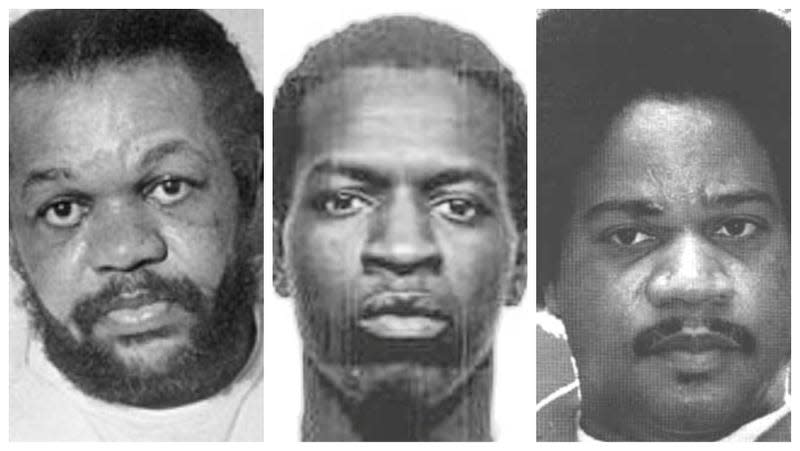
Reprieve, an anti-death penalty organization, just released a horrifying report detailing the pattern of botched lethal injections which disproportionately affected a certain demographic of inmates: Want to take a guess who? It’s Black folks.
However, botched executions are not excluded to just the needle and lethal cocktail. Ever since we had firing squads, gas chambers and whatnot, Black people have been subject to prolonged, painful deaths, leading to gruesome and graphic scenes.
Yes, people on death row were found guilty of egregious crimes. but one would assume the Eighth Amendment would protect them from cruel and unusual punishments like being punctured with a needle for over 40 minutes.
Warning: These stories will make your stomach turn. Here’s 15 cases a Black person’s execution was halted or stalled by a botched procedure.
Alpha Otis Stephens
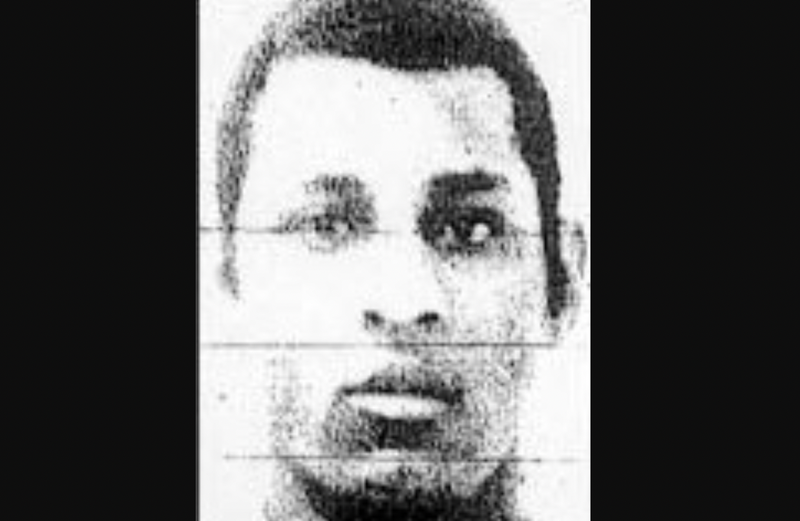
Stephens was sentenced to death in 1975 after killing a man who interrupted a burglary. By 1984, he was scheduled to be executed by electric chair. However, according to AL.com, the first shock failed to kill him. He took 23 breaths, struggling for every interval, for a total of six minutes. Officials also waited for his body to cool to examine him. Following that, a second shock was administered. He was then pronounced dead.
Pedro Medina
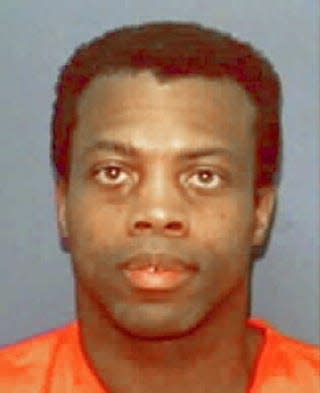
Medina, a Cuban refugee, was convicted in the murder of a 52-year-old woman in Orlando, Fl. He was sentenced to death by electrocution. On March 25, 1997, two dozen witnesses saw foot-high flames shoot from the headpiece, resulting in both the execution chamber and viewing area to be filled with smoke, per AL.com. Before the standard two-minute cycle of electric bolts was over, officials had to manually turn the power off. Medina was still breathing for a moment until the flames went out.
Raymond Landry

Landry was sentenced to death in the 1982 killing of a restaurant owner in Bellfort, Tx during an armed robbery. Six years later, Landry was scheduled for lethal injection. Two minutes after the drugs were administered, the syringe slipped out of Landry’s arm and sprayed the lethal cocktail across the room, according to AL.com. It took fifteen minutes to reinsert the needle again. Landry’s execution lasted 40 minutes.
Tommie J. Smith
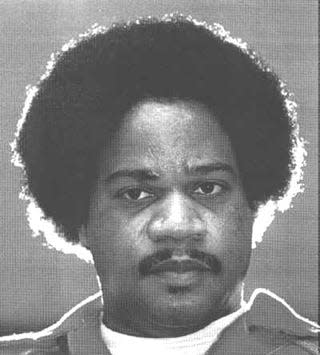
Smith was convicted in the murder of an Indiana police officer though the fatal shot was fired by his friend, per the Death Penalty Information Center. On July 18, 1996, Smith was scheduled to die by lethal injection. Because of “unusually small veins,” officials took sixteen minutes to locate a place to puncture Smith. Finally, the catheter was placed inside Smith’s foot. The entire procedure took 49 minutes. Another 20 minutes later, Smith was pronounced dead.
Bennie Demps
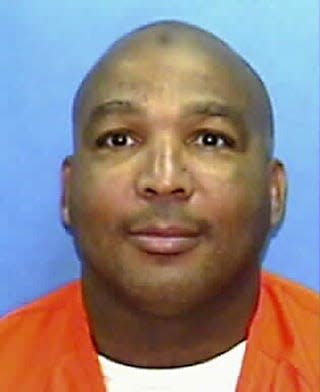
Demps was convicted for murdering a fellow inmate in Florida state Prison in 1976. Demps was scheduled for execution by lethal injection. However, it took 33 minutes for officials to locate a proper vein to administer the lethal cocktail, per AL.com. In his final statement, Demps took the moment to acknowledge the pain he endured during the process.
“They butchered me back there. I was in a lot of pain. They cut me in the groin; they cut me in the leg. I was bleeding profusely. This is not an execution, it is murder,” said Demps in his last words.
Joseph L. Clark
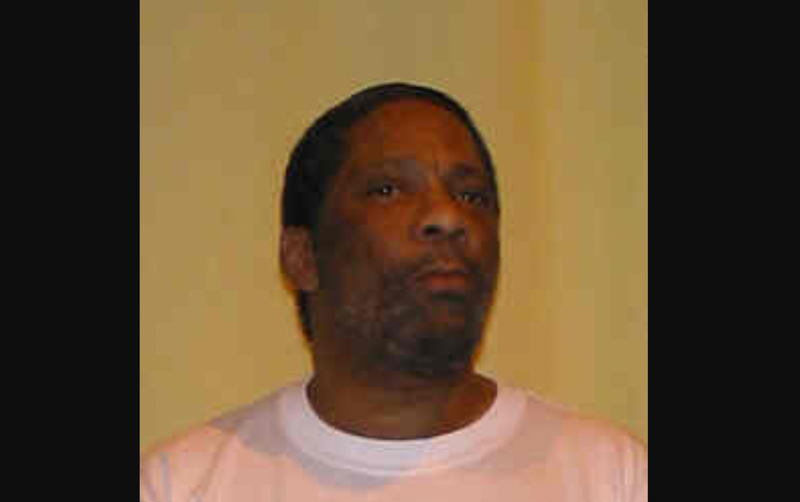
Clark was convicted of murder after fatally shooting a gas station employee in Toledo, Ohio during a stick up in 1984. Clark was scheduled to be executed on May 2, 2006 by lethal injection. Only after 22 minutes were officials able to locate a vein to puncture. However, just a few minutes later, Clark’s vein collapsed and his arm began to swell. He tried to voice to the technicians that the procedure had failed. Officials then worked for another 30 minutes behind closed curtains to complete the procedure. According to AL.com, media witnesses recalled hearing Clark moan in agony until he fell silent and was pronounced dead.
Romell Broom
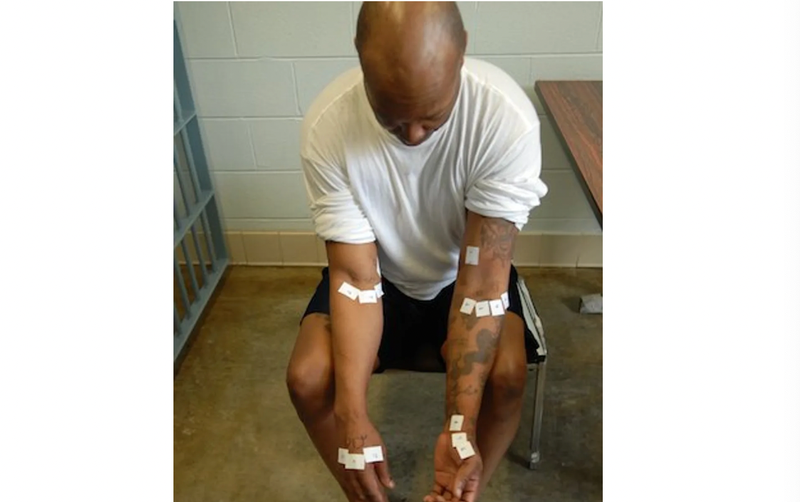
Broom was convicted on kidnapping, rape and murder charges in Cuyahoga County back in 1985. He was scheduled for execution in 2009. However, officials struggled to locate a vein for the lethal injection resulting in 18 punctures over his arms and legs as well as the striking of a bone, per the Death Penalty Information Center. After prison officials failed to locate the IV line, they aborted the execution to reschedule it for another time. However, in 2020, Broom died of COVID-19 complications while on death row.
Clayton Lockett
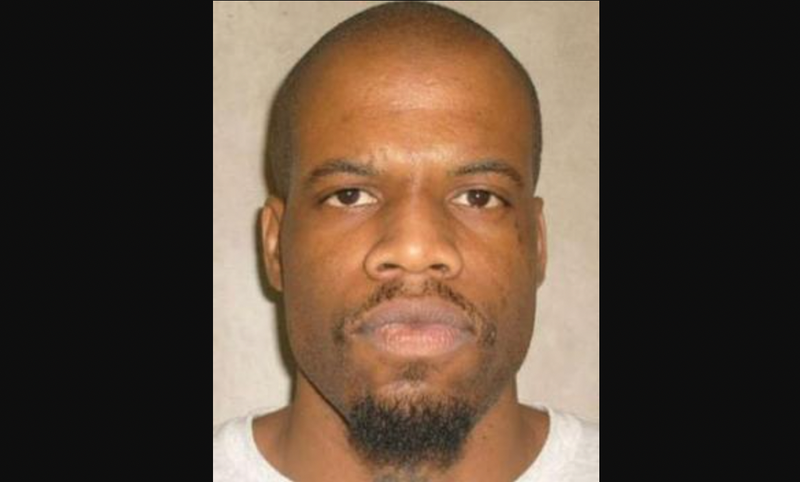
Lockett was found guilty in the 1999 kidnapping and murder of a 19-year-old girl in Oklahoma. In 2014, he was scheduled for execution. Over 51 minutes, the prison officials tried to find a vein to insert IV lines, resulting in 16 punctures all around Lockett’s body, per AL.com. Finally, the officials resorted to his groin, covering his private area with a sheet. However, when the lethal cocktail was administered, his vein “exploded” causing a bloody scene. The drugs then swole under his skin to the size of a golfball. After 43 minutes, Lockett died of a heart attack.
Joe James Jr.
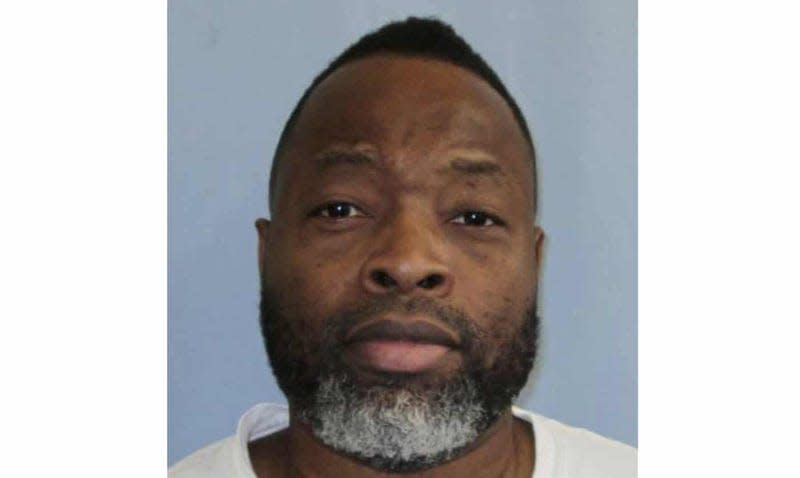
James was convicted of the murder of a 26-year-old Alabama woman in 1994. His execution was scheduled for July 2022.
His three-hour execution is believed to be the longest in U.S. history. During that time, officials attempted to insert IV lines to administer the lethal injection, per The Guardian. Thirty minutes after making a successful injection, James was pronounced dead.
A private autopsy found unexplained cuts, bruising and deep needle puncture wounds around his hands, wrists, elbows and feet. Witnesses suspected he may have been secretly sedated prior to the injection.
Kenneth Williams
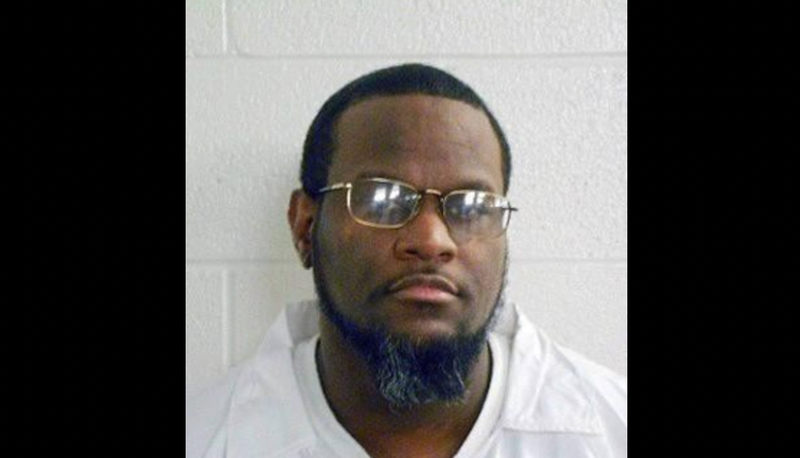
The so-called serial killer was convicted in the murders of a young couple in 1998. The following year, after spending just a few weeks in prison, he escaped and killed two more people, according to the Arkansas Department of Corrections. Williams went to death row in 2000 and was not scheduled for execution by lethal injection until 2017. On that fatal day, a lawyer recalled the disturbing scene watching Williams lurching and convulsing for minutes after the paralyzing sedative was administered, per NBC News. His movement suggested he was not under full anesthesia but felt the entire execution process.
The lethal cocktail was later discovered to expire at the end of the month, raising concerns on the effectiveness of the drug.
Brandon Jones
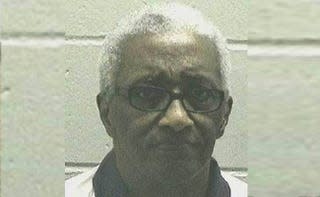
Georgia’s oldest death row inmate, 72-year-old Brandon Jones, was scheduled to die by lethal injection after the killing of a convenience store employee in 1979. On the day of his execution in 2016, prison officials spent 45 minutes trying to find a vein to administer the IV line. They finally resorted to his groin area to make a puncture. However, after six minutes of the drugs being administered, Jones opened his eyes - indicating he was not rendered paralyzed to the painful sensation of the drugs, per The Florida Times-Union.
Alfred Bourgeois
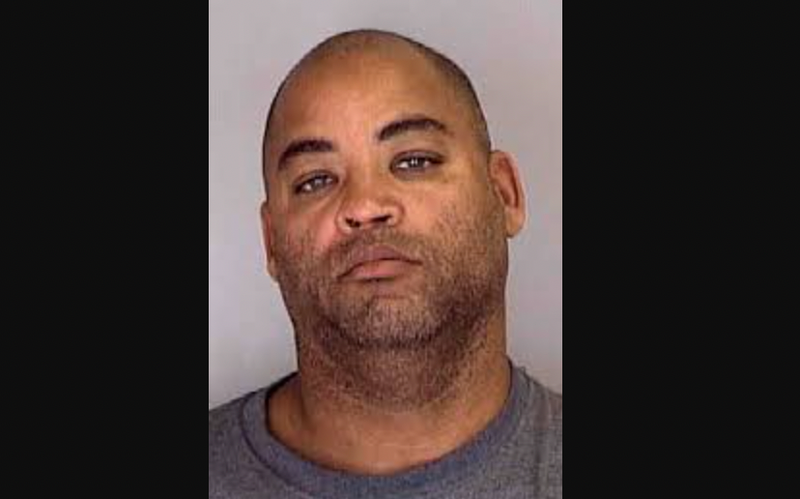
Bourgeois was convicted in the torture and death of his 2-year-old daughter back in 2004, per the Justice Department. In 2020, he was scheduled to be executed by lethal injection. Reprieve’s report says he grimaced in pain and his stomach quivered uncontrollably for five minutes as the drugs flowed through his body, indicating he was awake and aware for the majority of the pain. He died 20 minutes after the administering of the lethal cocktail.
Horace Franklin Dunkins Jr.
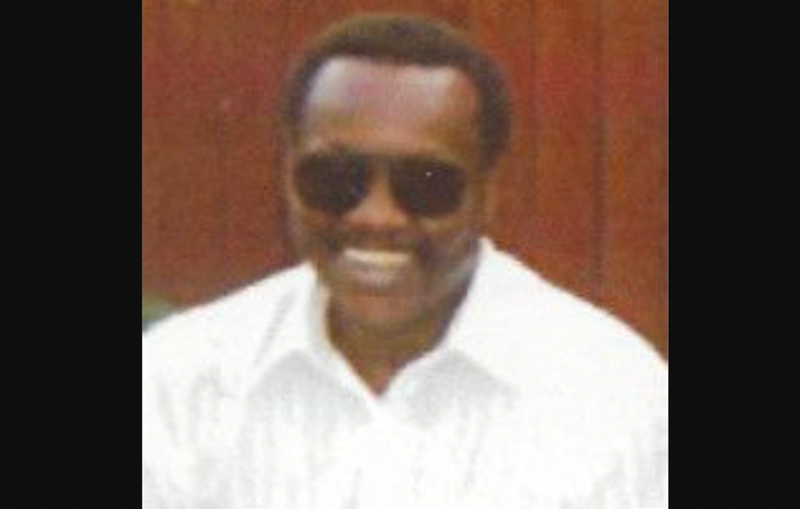
Dunkins was convicted in the rape and murder of a mother of four back in 1980. Even after being declared mentally disabled, his execution was scheduled nine years later, per UPI Archives. He was sentenced to death by electrocution. However, a faulty hookup of the electrodes caused a failure in the first jolt of electricity. After the first jolt, Dunkins was reported to be unconscious but had a strong heartbeat. He was then shocked a second time. His execution took 26 minutes.
Wilbert Lee Evans
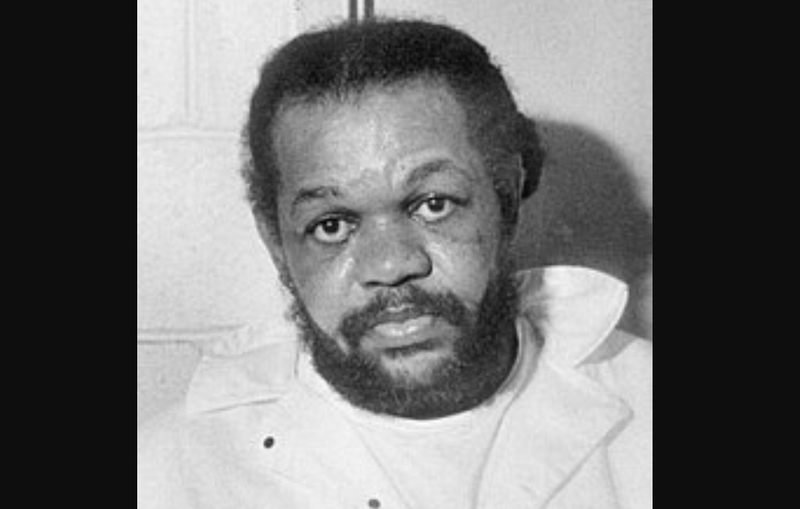
Evans was convicted in the murder of an Alexandria, Virginia sheriff’s deputy while attempting to flee custody in 1981, per The Virginia Pilot. He was scheduled to be electrocuted in 1990. However, when the first jolt shocked him, blood pooled from underneath the leather mask covering Evans head, soaking his face, neck and chest. Officials claimed it was just a nosebleed. However, Evans was still alive, groaning in pain for minutes until the second jolt was administered.
Derick Lynn Peterson
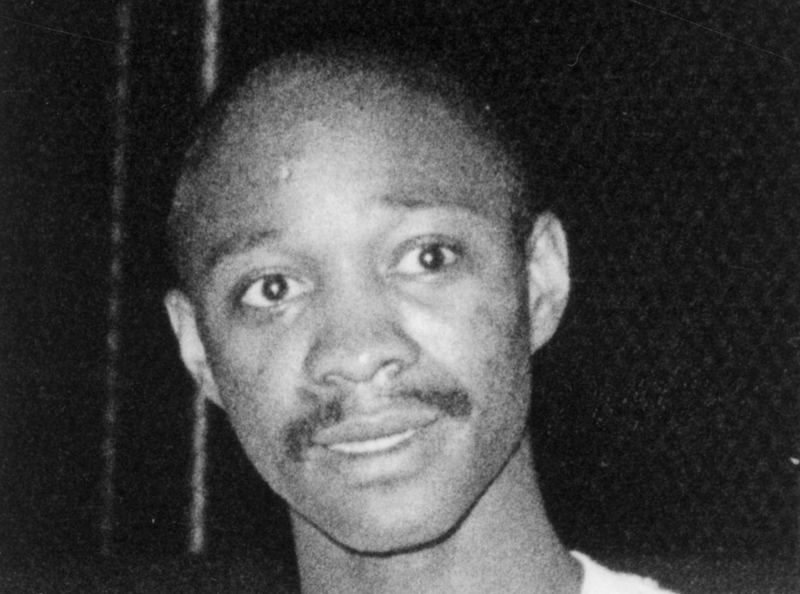
Peterson was sentenced to death in the 1982 murder of a Hampton, Virginia grocery store employee during an armed robbery, per the Daily Press. By 1991, he was scheduled to be electrocuted. Peterson survived the first shock. After the prison physician found he was still alive, not even ten minutes later, an additional shock was administered, per AL.com.

